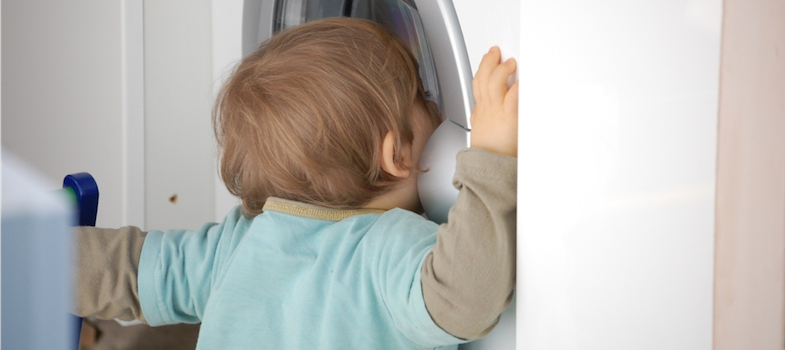Comment on Activity 2.1
You will notice from the examples of first person narrative observations that you have encountered so far that the focus is very much on describing the events in quite a literal manner. It is a description of observable actions. There is not a great deal of commentary about what is going on around the child who is the focus of the observation. Also there is little interpretation from the observer regarding how the child may be feeling or why they are acting in a certain way. This discussion will take place during the ongoing reflection on the observations and other data gathered as part of the In-the-Picture approach.
However there is no ‘right or wrong’ way of making a first person narrative observation. If the observer includes their own interpretations then these can then be questioned as part of the discussion. Look at the following example taken from the original research:
and then she got me to crawl along the beam which I didn’t like doing. I was crying out and tried to stop, and tried to get off the beam. It wasn’t very high, but I didn’t like doing it, and then she got some bean bags, and we were throwing the bean bags around, and then she was talking to my Dad about things that he wants to talk about, things like school and would I be able to manage school, because there are some stairs there, and would I be able to walk and climb the stairs as well, so she was telling him that ‘yes he’ll be fine by then’,
The bold text shows two examples of deviation from a first person narrative focusing on the child’s experience. The inclusion of ‘I didn’t like doing’ is an interpretation by the observer of why the child cried and tried to get off the beam. He may have been crying because he wanted to return to some previous play activity or perhaps he was just tired. However this would have been a useful aspect of the observation to discuss and reflect on with parents. How would they have interpreted his reaction? The closing section of the observation in which the observer records aspects of the conversation between the child’s Dad and the practitioner appears to be less useful. This is because the focus shifts too far away from the child’s activity, suggesting that the observer was also not fully focussed upon it.
Finally you will recognise that because a first person narrative is a literal description of actions it can be used to observe any child irrespective of their age or assumptions about their capabilities. It focuses on what the child is doing and, together with the other perspectives involved, helps us engage with what these actions may mean.